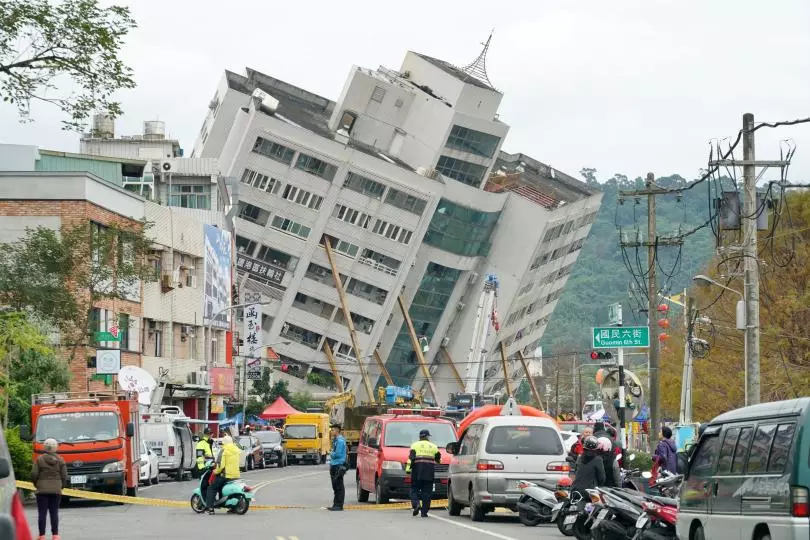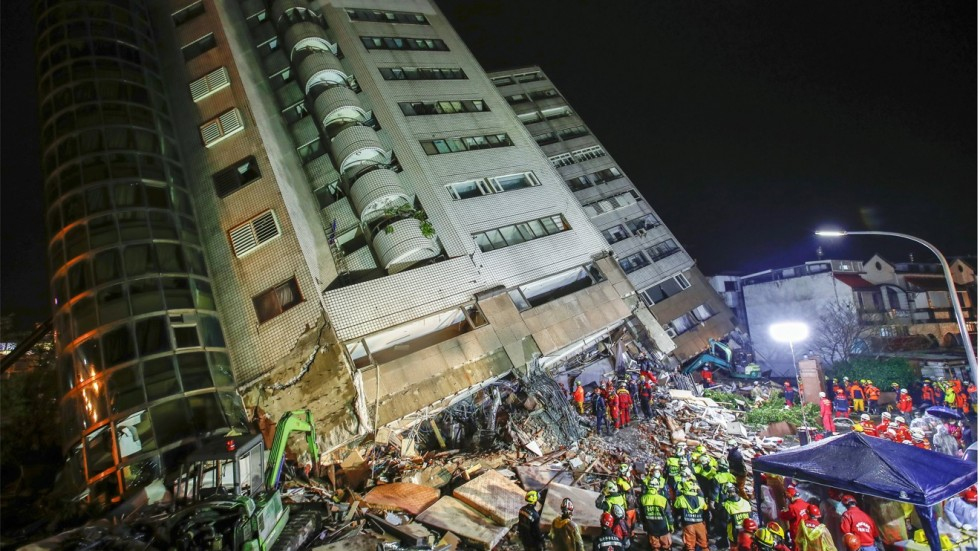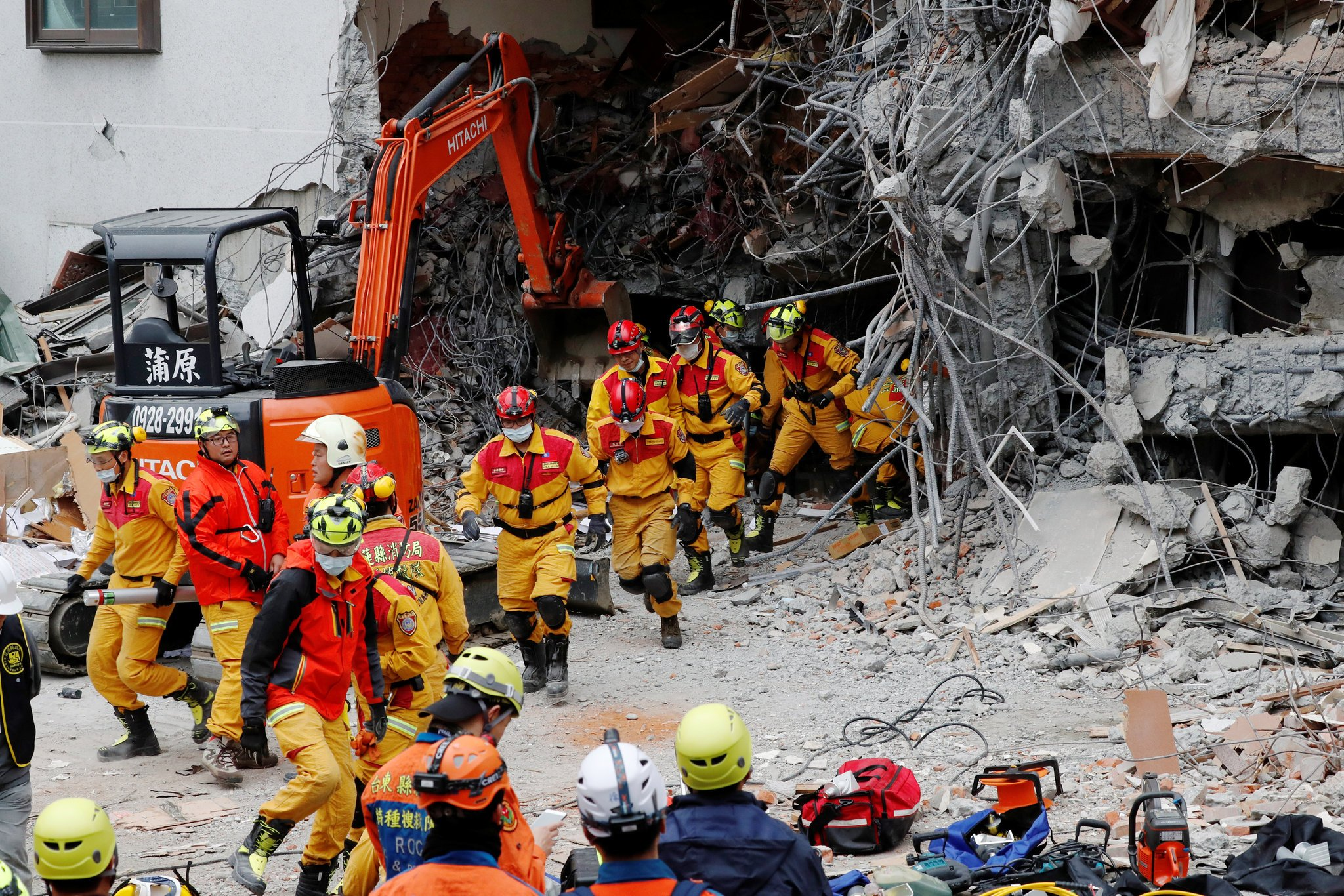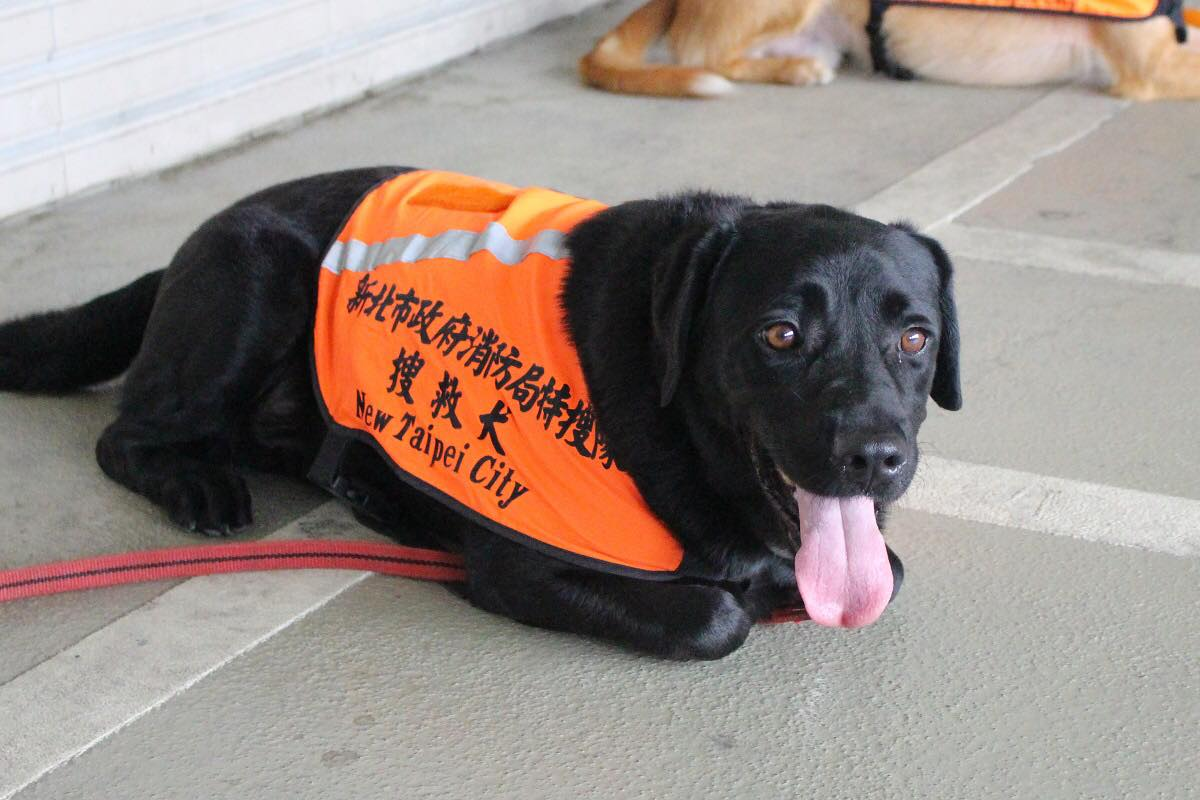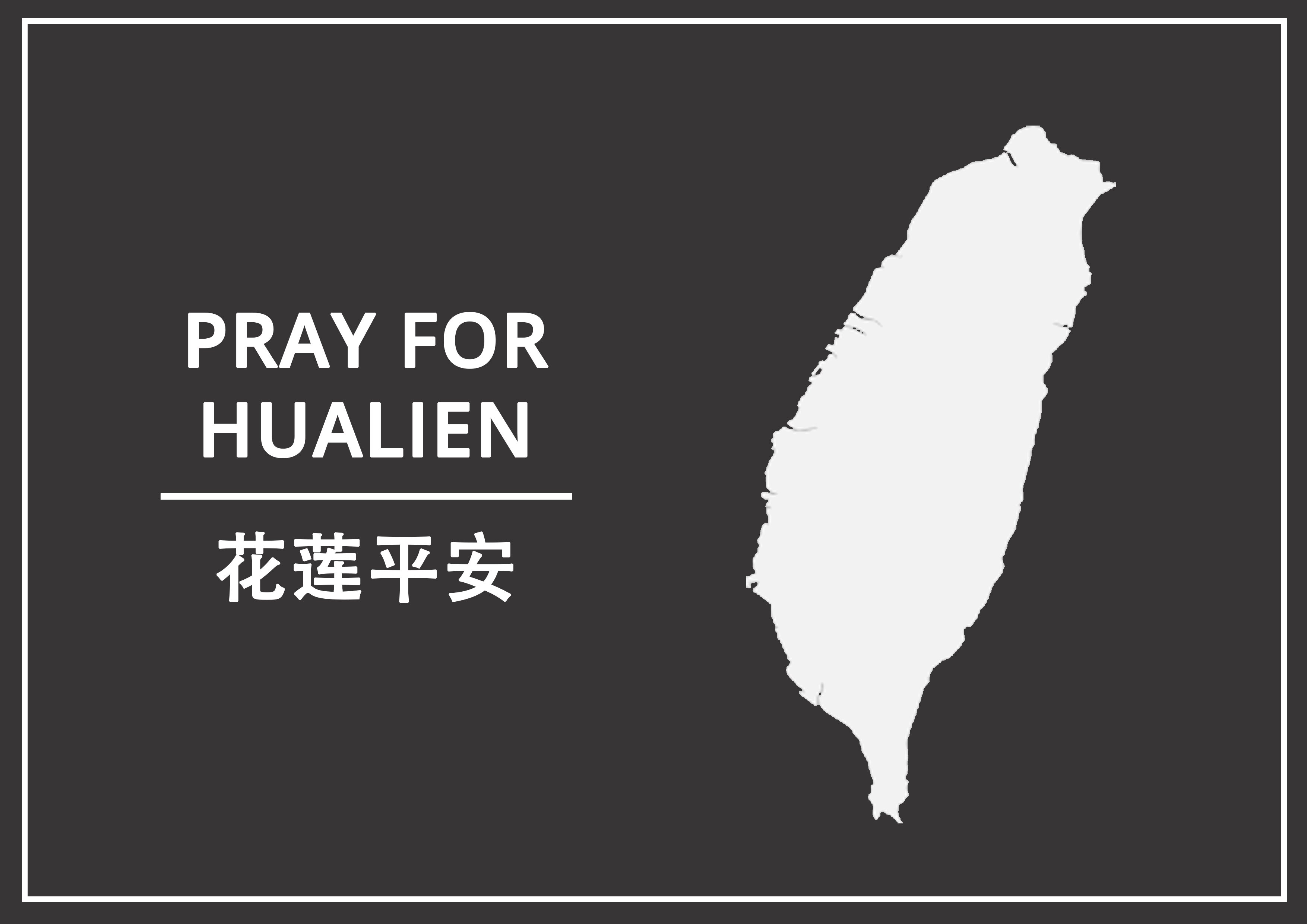
Hualien was hit hard by the 6.4 magnitude earthquake 2 days ago and now they are still making progress in saving and rebuilt. Last week, my girlfriend and I were at Taipei. This made us shocked at how devastating can this catastrophic event be. We can imagine the coldness of waiting for rescue in the rubble with rain and cold weather for around 9 degrees Celcius before we left.
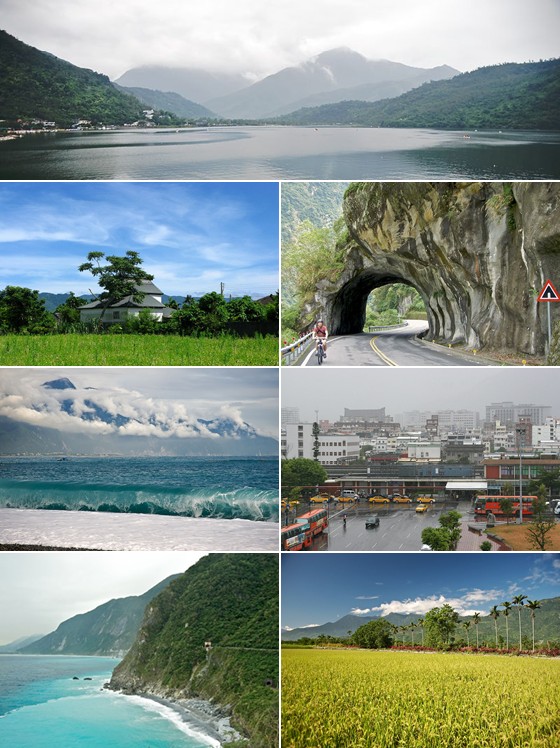
The city of Hualien is the home for 100,000 people and the place is filled with beautiful spots. It is definitely a good place to be during summer time. Source
We can see some images of the disaster whereby a hotel’s foundation had been totally wrecked and it was about to collapse. According to CNN news, at least nine were killed and 267 injured in the Tuesday’s quake. There were still 58 people unaccounted and suspected to be still trapped in the Yun Men Tsui Ti building that was now tilting and heavily damaged. Besides collapsing building and cracked roads, there was also the risk of gas leakage and causing an explosion. Luckily, that did not happen.
In the meantime, there were 600 military personnel and around 750 fire brigades aided in the rescue efforts, including trained dogs to sniff out victims. The rescue operation was immediately deployed and had been making progress since.
Now, the post-quake rendered the locals with no water supply and place to stay. Fortunately, there were hotels, schools, institutions, and stadiums that opened up and provided shelters for the victims. Plus, a good sign that the victims were well supplied with food and also monetary aid. I am amazed at how efficient the locals responded to the disaster and how helpful the community was.
News about different donations from individuals, organizations and countries.
With that being said, I also looked up on how to ensure the building to be seismic resilient as this disaster was just too terrifying. What I found out was, the building height with around 6-15 storeys are most prone to collapsing when earthquake occurs. For small buildings which are below 6 storeys are weaker against short and frequent waves; while tall buildings are weaker against long and slow shaking.
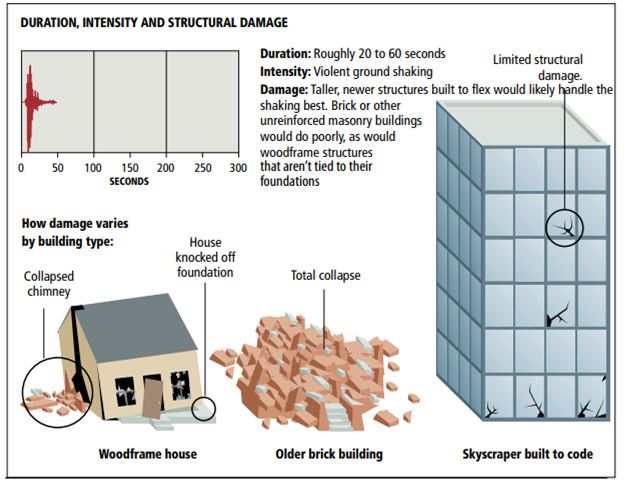
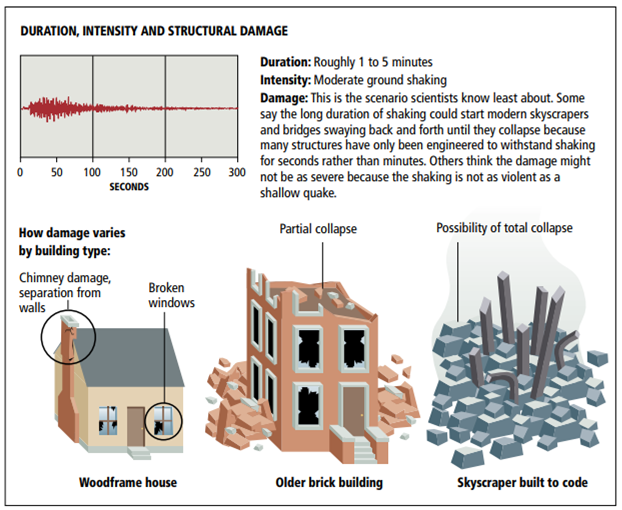
Here are some factors that can affect the stability of the building during an earthquake:
- Strength of the shaking
- Length of shaking
- Type of soil (the building is standing on)
- Type of buildings (the materials, construction method, height, and dimensions)
Personally, I experienced once in my hometown, Penang whereby my mum and I felt so dizzy that we just laid on the bed. Thinking something wrong with us. After that only we knew that there was an after quake event (from Aceh). We were on the 4th floor and that already made us so dizzy.
Some related news:

Animated Banner Created By @zord189
This is an #archisteem post.
A new tag that is to curate our existing built environment and also future built environment development. Want to know more? Read here.


